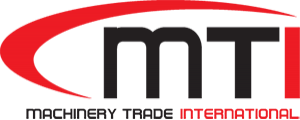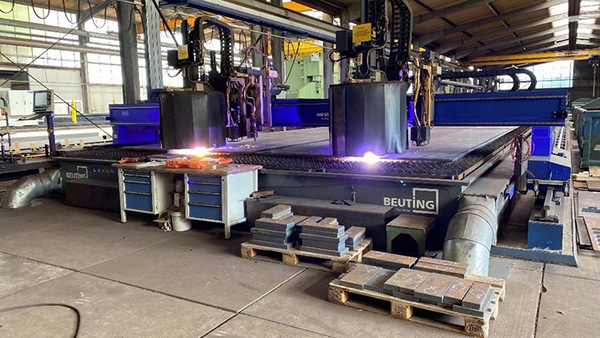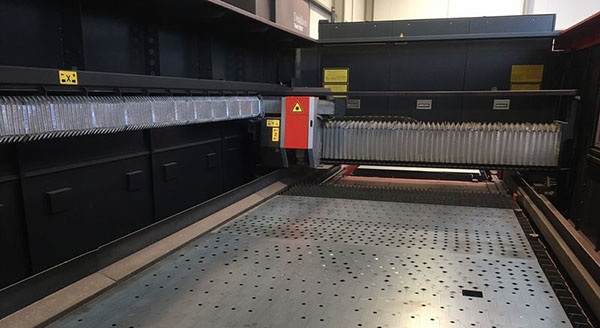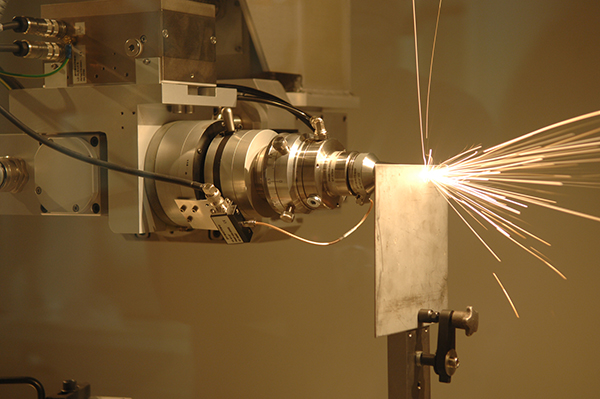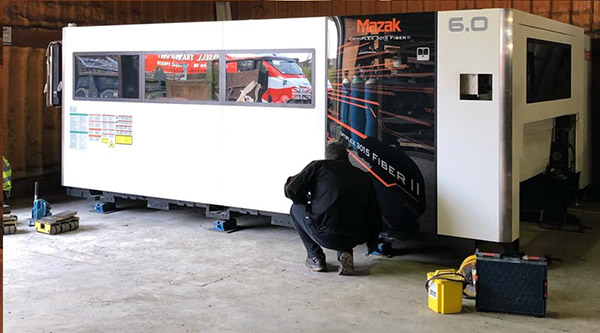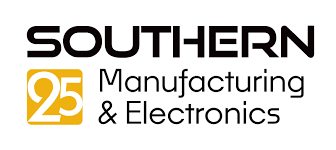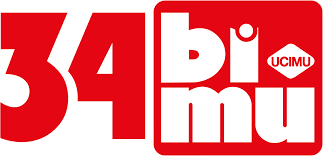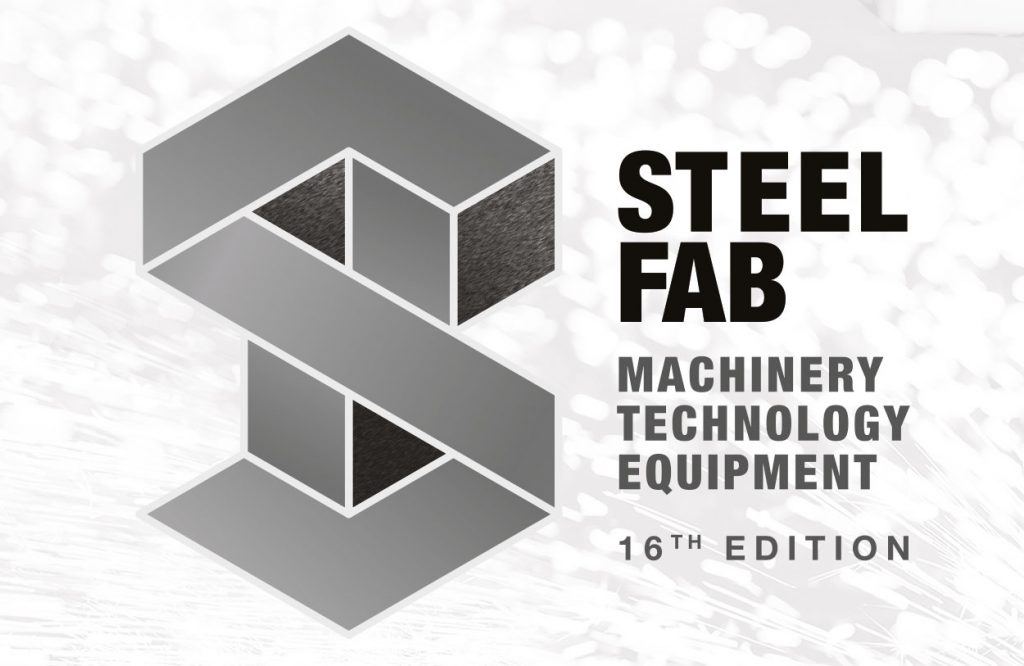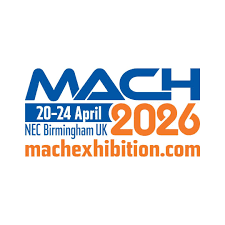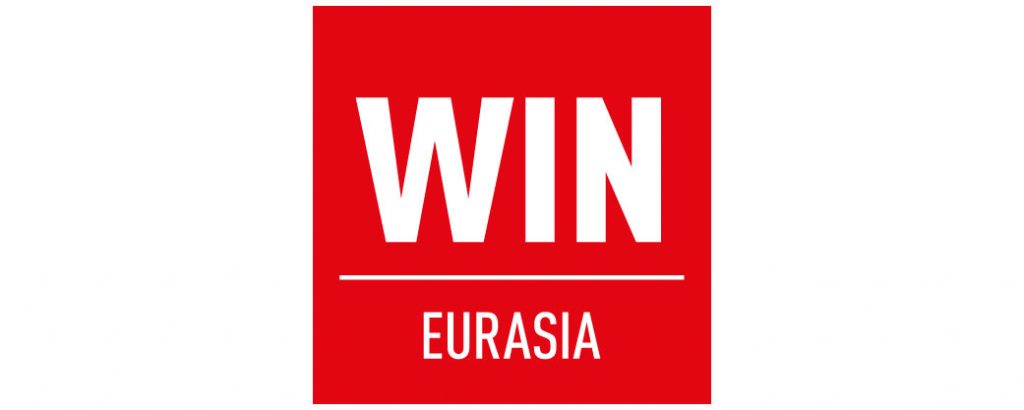
The precise processing of exceptionally large or thick plates is a job for specialists such as Otto Klostermann GmbH. Klostermann has many years’ experience and comprehensive know-how in processing large plates with its range of XXL-format machines. When it comes to thermal cutting – no matter whether oxy-fuel, plasma or laser – this plate processing specialist from Castrop-Rauxel uses modern, high-performance machines from Messer Cutting Systems.
With its newest investment, a LaserMat II, Klostermann now relies for laser cutting on the problem-solving skills of Messer Cutting Systems.
“Our old laser cutting system was getting on in years,” says managing director Philipp Klostermann. “It was no longer state-of-the-art and spare parts were unavailable. As the machine was totally loaded all year round, it was clear that we needed a new one. We are very satisfied with our existing OmniMat plasma and oxy-fuel cutting systems. They work flawlessly every day and have never let us down. An additional benefit is their size: we mainly process very large plates, and the Messer machines can process these XXL sizes. So, for us, only a laser system from Messer came into consideration.”
With the LaserMat II, the steel specialist found the perfect cutting system. The machine was conceived specially for large plate processing with its CO2 laser, and combines precision with speed – even when processing steel sheets weighing many tonnes.
With its new laser system, Klostermann can, for example, cut mild steel up to 25 mm thick, or stainless steel up to 20 mm thick. Thanks to the on-board laser beam source (resonator), it is possible to process plates up to 4500 mm wide and up to 30 m long.
For further information
https://uk.messer-cutting.com/
